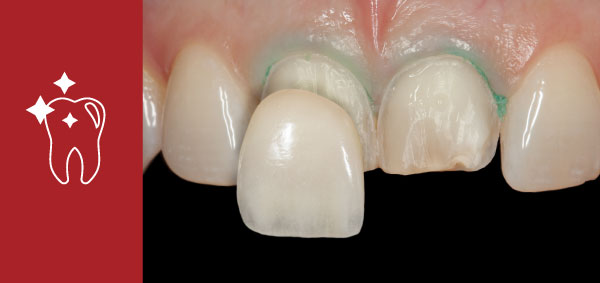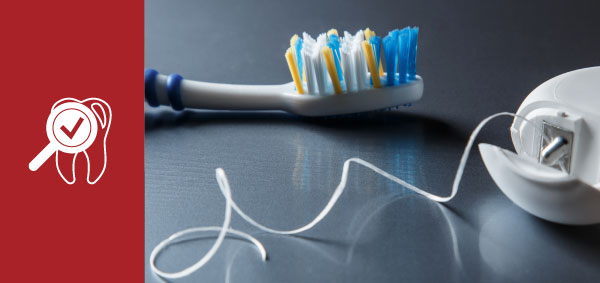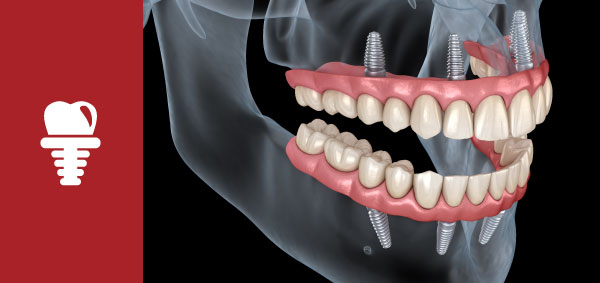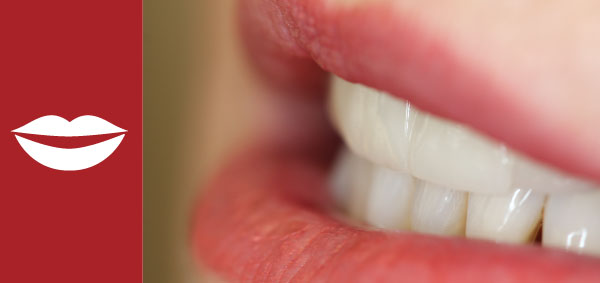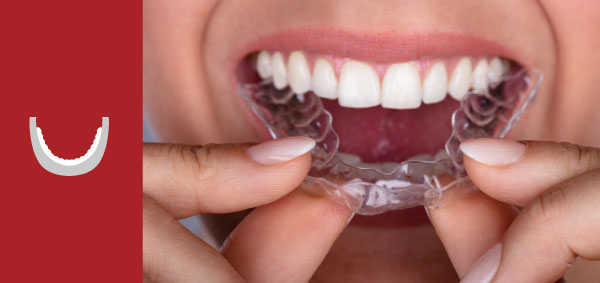Tooth Fillings In Dedham, MA
Restoring smiles with advanced, natural-looking solutions.
Dental restorations have come a long way in the last century. From the shiny, noticeable
amalgam fillings of the early 1900s to today's invisible and bio-interactive milled restorations,
the evolution of tooth fillings reflects the remarkable advances in dental science and technology.
This article explores how dental fillings have transformed over time—why it matters, and what it
means for your oral health today.
A Century of Dental Innovation
Dentistry has always been shaped by innovation. Over the past one hundred years, the field of restorative dentistry has experienced a major shift. Early practices prioritized functionality, often sacrificing aesthetics and long-term tooth health. Today, modern dentistry merges beauty,
biocompatibility, and strength in ways unimaginable decades ago.

What Are Dental Fillings?
Dental fillings are restorative materials used to repair teeth that have been damaged by decay, fractures, or wear. They serve to restore function, shape, and integrity. Historically, materials were chosen based on availability, strength, and durability—often without considering their impact on tooth structure or appearance.
Benefits of Dental Fillings
Dental fillings not only restore the function of damaged teeth but also help preserve your natural smile for years. By sealing cavities and reinforcing weakened areas, they prevent further decay and reduce the risk of more complex treatments such as root canals or extractions.
In addition, modern fillings are designed to blend seamlessly with your teeth, providing both strength and aesthetics. They support long-term oral health, minimize sensitivity, and allow patients to eat, speak, and smile with confidence.
Dental Filling Process
The dental filling process is straightforward and usually completed in a single visit. First, the dentist carefully removes the decayed or damaged portion of the tooth and cleans the area to ensure no bacteria remain. Local anesthesia is applied to keep the procedure comfortable.
Next, the chosen material—composite, bioactive, or ceramic—is placed, shaped, and bonded directly to the tooth. Finally, the filling is polished and adjusted to ensure a natural bite. This efficient process restores strength, function, and appearance, often in less than an hour.
The Rise of Amalgam Fillings
Composition and Characteristics
Introduced in the early 1800s and popularized in the 20th century, amalgam fillings misleadingly known as "silver fillings “are made of a mixture of mercury, tin, copper, and zinc. Their strength and ease of placement made them a go-to option for decades.
Advantages and Limitations
The biggest advantage of amalgam fillings was their longevity. These restorations often lasted over 20 years. However, the technique required removing more tooth structure than necessary. To retain the filling, dentists had to create undercuts, which weakened the overall tooth.
Additionally, the metallic expansion and contraction from hot and cold foods could lead to
cracks and fractures.
Thermal Expansion and Its Effects
One of the less-discussed issues with amalgam fillings was their response to temperature. The metal would expand and contract more than the surrounding tooth material, especially during daily exposure to hot coffee or cold beverages. Over time, this caused small cracks, leading to further decay or structural failure
Transition to Composite Fillings
In the 1970s and 80s, composite resin fillings emerged as a notable change. Made from a plastic and glass mixture, they not only restored function but mimicked the natural color of teeth.
Aesthetic Appeal and Functionality
Unlike amalgam, composite fillings could be bonded directly to the tooth. This meant less removal of healthy tooth structure, preserving more of the natural structure. Their tooth-colored appearance made them ideal for front teeth and other visible areas.
Introduction of Bioactive Materials
As dental technology progressed, so did material science. Today’s bioactive materials are a leap ahead engineered to interact with the tooth rather than just fill a hole.
What Makes a Material ‘Bioactive’?
Bioactive fillings release minerals like calcium and phosphate, which help remineralizing the teeth and prevent further decay. These materials form a bond with the tooth structure and help seal it against bacterial invasion.
Clinical Benefits Over Traditional Fillings
In addition to aesthetic benefits, bioactive materials reduce sensitivity, encourage natural healing, and provide a long-lasting seal. They are ideal for patients prone to recurrent cavities or those seeking a minimally invasive option.
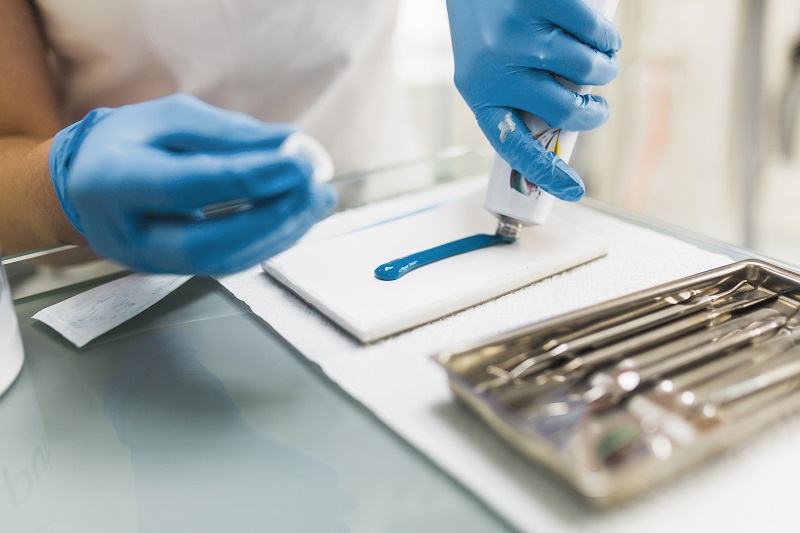
The Era of CAD/CAM and Milled Fillings
The digital revolution in dentistry brought about CAD/CAM technology—Computer-Aided Design and Manufacturing.
Precision and Fit
Dentists can now scan the damaged tooth and design a custom-fit filling using 3D software. The restoration is milled out of ceramic or hybrid materials with unmatched precision, ensuring a perfect fit and optimal strength.
Use of Bioactive Cements
These advanced restorations are bonded using bioactive cements, which not only secure the filling but also contribute to tooth health. The result is a strong, sealed, and esthetically flawless restoration that is indistinguishable from the natural tooth.
Comparing Past vs. Present Materials
| Feature | Amalgam | Composite | Bioactive Material | Milled Fillings |
|---|---|---|---|---|
| Appearance | Silver/Metallic | Toothcolored | Tooth-colored | Tooth-colored/Custom fit |
| Longevity | 15–30 years | 5–10 years | 10–20 years | 15–25 years |
| Structural Conservation | Poor | Moderate | High | Very High |
| Biocompatibility | Questionable | Good | Excellent | Excellent |
| Tooth Interaction | None | Minimal | Active Healing | Active + Custom bonding |
Longevity and Durability Over Time
Recent studies show that properly bonded bioactive and milled restorations can last just as long as, or even longer than, traditional amalgam—with fewer complications. They provide better sealing, reduce risk of recurrent decay, and maintain the tooth's natural integrity.
Environmental and Health Considerations
Amalgam fillings have faced scrutiny due to their mercury content. Although deemed safe, environmental regulations are phasing them out in other countries. Bioactive and ceramic options offer eco-friendly, non-toxic alternatives.
The Role of Esthetics in Modern Fillings
Today, patients are as concerned with how their teeth look as well as how well they function. Milled fillings and composites are invisible. This makes them ideal not just for front teeth, but also for molars where strength and beauty are equally important.
Advances in Adhesion and Bonding Techniques
Recent studies show that properly bonded bioactive and milled restorations can last just as long as, or even longer than, traditional amalgam—with fewer complications. They provide better sealing, reduce risk of recurrent decay, and maintain the tooth's natural integrity.
Longevity and Durability Over Time
Modern bonding agents chemically adhere to tooth structures, creating stronger restorations with minimal preparation. This development significantly reduces the need to "cut away" healthy parts of the tooth, a common drawback of older materials.
The Future of Tooth Fillings
The next frontier in restorative dentistry includes nanotechnology, regenerative materials, and even 3D-printed restorations. Self-healing materials are also under development—imagine a filling that can repair itself over time!
Patient-Centric Advancements
Modern techniques are faster, less painful, and more predictable. Today patients receive sameday restorations thanks to in-office milling systems. The focus now is on long-term tooth preservation and overall oral wellness.
Frequently Asked Questions
1. Are amalgam fillings still used today?
Yes, but their use is declining in favor of more esthetic and biocompatible options like composites and ceramics.
2. Do bioactive fillings really help the tooth heal?
They release minerals that can support natural remineralization, aiding tooth health over time.
3. How long do milled fillings last?
With proper care, they can last 15–25 years or more.
4. Is there any risk with mercury in amalgam fillings?
Safe when in place, but environmental concerns and removal during replacement require caution.
5. What is the most natural-looking filling?
Milled ceramic or composite fillings match natural teeth perfectly.
6. Can fillings be replaced with better materials later?
Yes, older fillings can be removed and upgraded to modern materials for better function and appearance.
7. Can dental fillings cause pain?
Some sensitivity after a filling is normal, but ongoing pain may require a dental check-up.
8. Can a dental filling fall out?
Yes, fillings can fall out due to wear, decay, or biting hard foods. Visit your dentist if this happens.
9. Are dental fillings painful?
No. The procedure is done with local anesthesia and is usually painless. Mild sensitivity may follow.
10. Are dental fillings permanent?
No. Fillings last several years but may need replacement over time depending on the material and care.
11. Can dental fillings be whitened?
No. Fillings don’t respond to whitening. If color mismatch occurs, they can be replaced.
12. Are dental fillings only for cavities?
Mostly, but they also repair chipped, cracked, or worn-down teeth.
13. How many fillings are normal?
It varies. Some need none, others several. It depends on diet, hygiene, and dental history.
What can Dr. Anna Vishart do for you?
At Digital Dental Studio in Dedham, Dr. Anna Vishart offers modern, biocompatible dental fillings tailored to your individual needs. Whether you're looking to replace old amalgam fillings or treat new cavities with minimally invasive techniques, our team is here to help you restore both function and aesthetics.
Our Services
Restorative
Digital dentistry has taken restorative dentistry to the next level. We manage your oral health problems with less invasive digital precision. Learn more...
Preventive
The only cause of dental decay and periodontal disease and eventually tooth loss due to both, is bacteria that multiply in dental plaque. Learn more...
Implants
Introducing our Dental Implants: State-of-the-Art Technology, Minimally Invasive, and Completed in a Single Day! Learn more...
TMJ
TMD or temporomandibular disorder is the loss of synchrony and harmony. Learn more...
Estethics
Dental facial plastics combining art and science. Learn more...
Aligners
Using advanced software technology exact tooth movements can be achieved to ensure anatomically correct teeth alignment with an esthetically pleasing smile. Learn more...
Contact Us
Dedham, MA, 02026
Dedham - Massachusetts
info@Digital-Dentalstudio.com
https://www.digital-dentalstudio.com/
Mon-Thu 07am - 4:30pm


